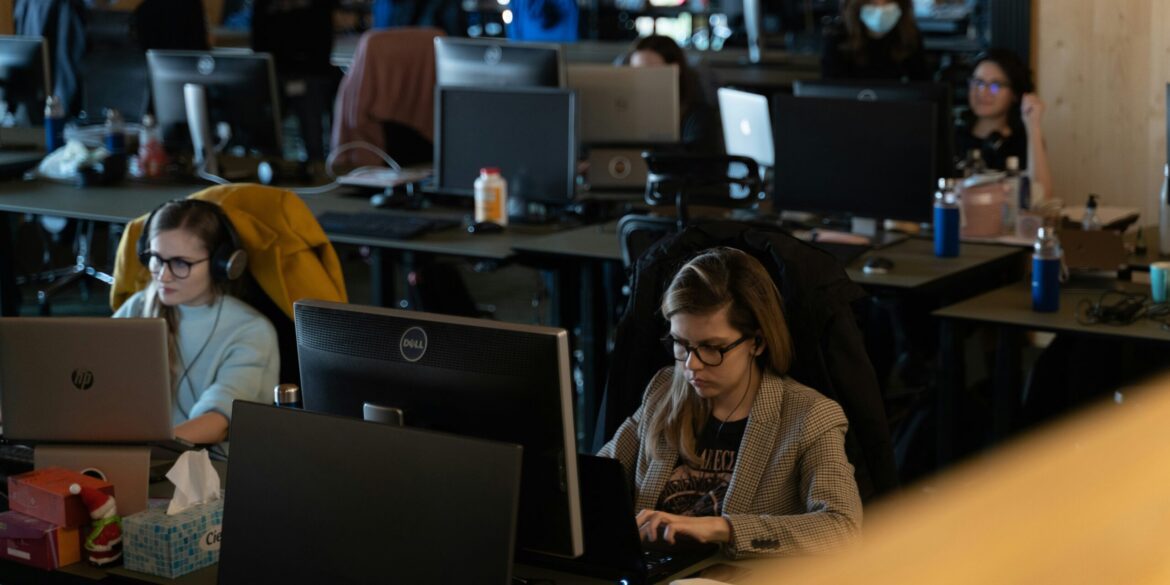As of May 31, 2025, the technology sector has experienced significant workforce reductions, with approximately 76,440 employees affected across 326 layoff events. This trend reflects the industry’s ongoing adjustments to evolving market conditions, cost-cutting measures, and the rapid adoption of artificial intelligence (AI) technologies.
Major technology companies have announced substantial layoffs in recent months. Microsoft, for instance, laid off over 6,000 employees in May, representing about 3% of its global workforce. CEO Satya Nadella described the move as part of a broader reorganization strategy aimed at aligning the company’s operations with emerging technological priorities.
Similarly, IBM announced the elimination of approximately 8,000 positions, primarily within its Human Resources department. The company attributed these cuts to increased efficiencies achieved through AI integration, allowing for the automation of routine tasks and the reallocation of resources to other strategic areas.
LinkedIn, the professional networking platform owned by Microsoft, also reported the termination of 281 positions in California. This move aligns with a broader trend among tech giants implementing workforce reductions to adapt to changing economic conditions and market dynamics.
The rise of AI technologies has been a significant factor influencing these layoffs. Anthropic CEO Dario Amodei warned that AI could eliminate up to 50% of entry-level white-collar jobs within the next five years, potentially raising the national unemployment rate to 20%. He emphasized the need for political and business leaders to be transparent about the scope of this threat and to prepare for the socioeconomic consequences of rapid AI development.
The impact of AI is also evident in hiring practices within AI companies themselves. Mike Krieger, Chief Product Officer at Anthropic and co-founder of Instagram, noted that the company prioritizes hiring experienced engineers over new graduates, partly due to the evolving demands of the industry and the lack of internship programs. This shift reflects the changing nature of engineering roles, with a greater focus on design, delegation, and large-scale review, potentially aided by AI tools.
Despite the challenges, some industry leaders argue that AI’s integration into the workforce could lead to new opportunities. They suggest that while certain roles may be displaced, AI could also support junior professionals and level the playing field in the workplace. However, the transition requires careful management to ensure that the benefits of AI are equitably distributed and that workers are equipped with the necessary skills to adapt to the changing landscape.
The current wave of tech layoffs underscores the need for proactive measures to address the evolving employment landscape. Companies, policymakers, and educational institutions must collaborate to develop strategies that support workforce reskilling, promote equitable access to emerging opportunities, and mitigate the potential negative impacts of technological disruption.

